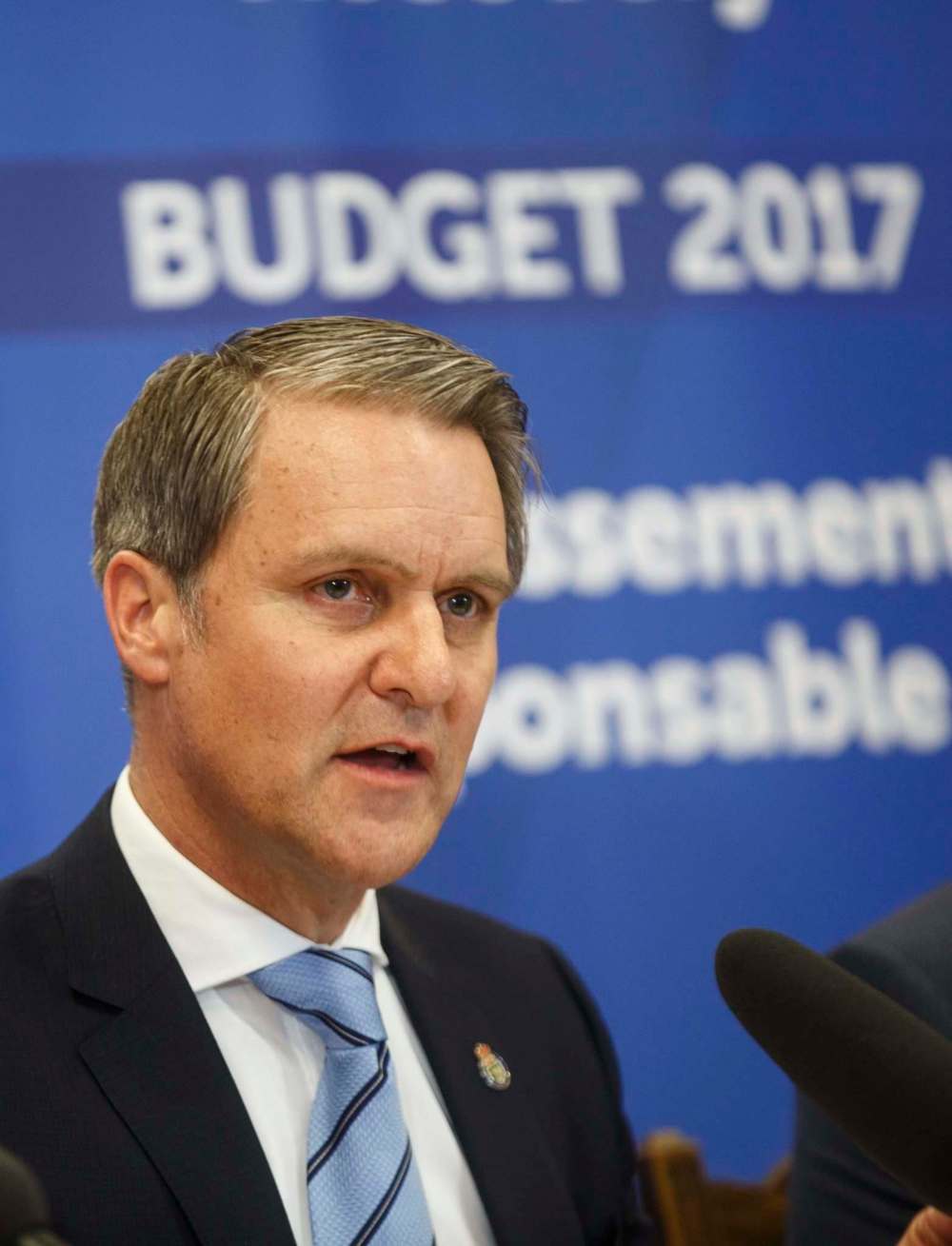No estimate of financial, employment impacts of public-sector wage controls
Advertisement
Read this article for free:
or
Already have an account? Log in here »
To continue reading, please subscribe:
Monthly Digital Subscription
$0 for the first 4 weeks*
- Enjoy unlimited reading on winnipegfreepress.com
- Read the E-Edition, our digital replica newspaper
- Access News Break, our award-winning app
- Play interactive puzzles
*No charge for 4 weeks then price increases to the regular rate of $19.00 plus GST every four weeks. Offer available to new and qualified returning subscribers only. Cancel any time.
Monthly Digital Subscription
$4.75/week*
- Enjoy unlimited reading on winnipegfreepress.com
- Read the E-Edition, our digital replica newspaper
- Access News Break, our award-winning app
- Play interactive puzzles
*Billed as $19 plus GST every four weeks. Cancel any time.
To continue reading, please subscribe:
Add Free Press access to your Brandon Sun subscription for only an additional
$1 for the first 4 weeks*
*Your next subscription payment will increase by $1.00 and you will be charged $16.99 plus GST for four weeks. After four weeks, your payment will increase to $23.99 plus GST every four weeks.
Read unlimited articles for free today:
or
Already have an account? Log in here »
Hey there, time traveller!
This article was published 11/04/2017 (3171 days ago), so information in it may no longer be current.
How much money wage controls are saving Manitobans from paying out this year remains a mystery.
Finance Minister Cameron Friesen has not calculated nor would he venture an estimate Tuesday of the impact that his government’s public sector wage controls have had on his second provincial budget.
The wage control legislation “is not a measure that drops a number on the table,” he told reporters.

Asked three times, Friesen would not be pinned down on whether any public sector worker will be out of a job. Many areas within many departments outside of health and education are looking at lower budgets than last year, regardless if workers are frozen or have collective bargaining agreements still in effect.
‘We are standing up for front line workers,” said Friesen, who pointed out, “A lot can be done simply by vacancy management.”
Premier Brian Pallister told reporters he’s protecting front line workers, but, “I would never guarantee that no one in the civil service would never lose their job.
“Government is too big,” Pallister declared.
There is a hint of an impact: costs in the health care system are up less than overall government spending, and 30,000 health system employees now have their wages frozen this fiscal year and next.
But government officials say there’s been no calculation made of how much more it would have cost the treasury had workers currently frozen received an increase this year.
Labour leaders charged that the government is leaving jobs open with no indication they’ll be filled, while forcing employees with frozen wages to do more work.
“Fewer dollars means they’re not filling jobs — it’s a theme coming through,” said Manitoba Federation of Labour president Kevin Rebeck. “There’s no indication of them being filled or not filled.”
Manitoba Government and General Employees Union president Michelle Gawronsky said her health system members are being told to do more to cover for jobs left vacant as a money-saving strategy: “There’s no thought it’s going to end. A lot of them are going home in tears, a lot of them are going home exhausted.”
Wage control legislation will be proclaimed no later than June 1.
It subjects 120,000 public sector provincial employees to a two-year wage freeze on their next collective bargaining agreement, with a maximum of 0.75 per cent in the third year, and 1.0 per cent in the fourth year.
The bill is retroactive to March 20, so it will apply to the 30,000 health care workers whose deals expired March 31.
Many other collective bargaining agreements have years to run. The MGEU civil service master agreement has two years to go, and 15,000 teachers won’t need a new deal until July 1, 2018. Until then, they’re all paid the increases for which they bargained several years ago.
Pallister has said repeatedly that public sector wages and benefits cost Manitoba $10 billion a year, about 70 per cent of all government spending. Each one per cent not paid is a savings of $100 million, the premier reckons, but that much money won’t happen annually, since some collective agreements have so many years to go that workers won’t see their freeze years start until 2019 or 2020.
“This rolls over four years,” said Friesen, and a portion of the public service will roll into wage freezes each April 1 for the next several fiscal years.
The Tories’ plans to freeze wages came out incrementally over the past few months, and there had been fears among labour leaders that the government would even try to reopen existing agreements.
The first overt sign of the freeze came last fall when the University of Manitoba and the U of M Faculty Association announced that the province had ordered them to take a one-year ‘pause’. They did agree on a wage freeze in a one-year deal, but not before the union went on strike for three weeks over working conditions.
nick.martin@freepress.mb.ca
History
Updated on Tuesday, April 11, 2017 5:57 PM CDT: Final version


